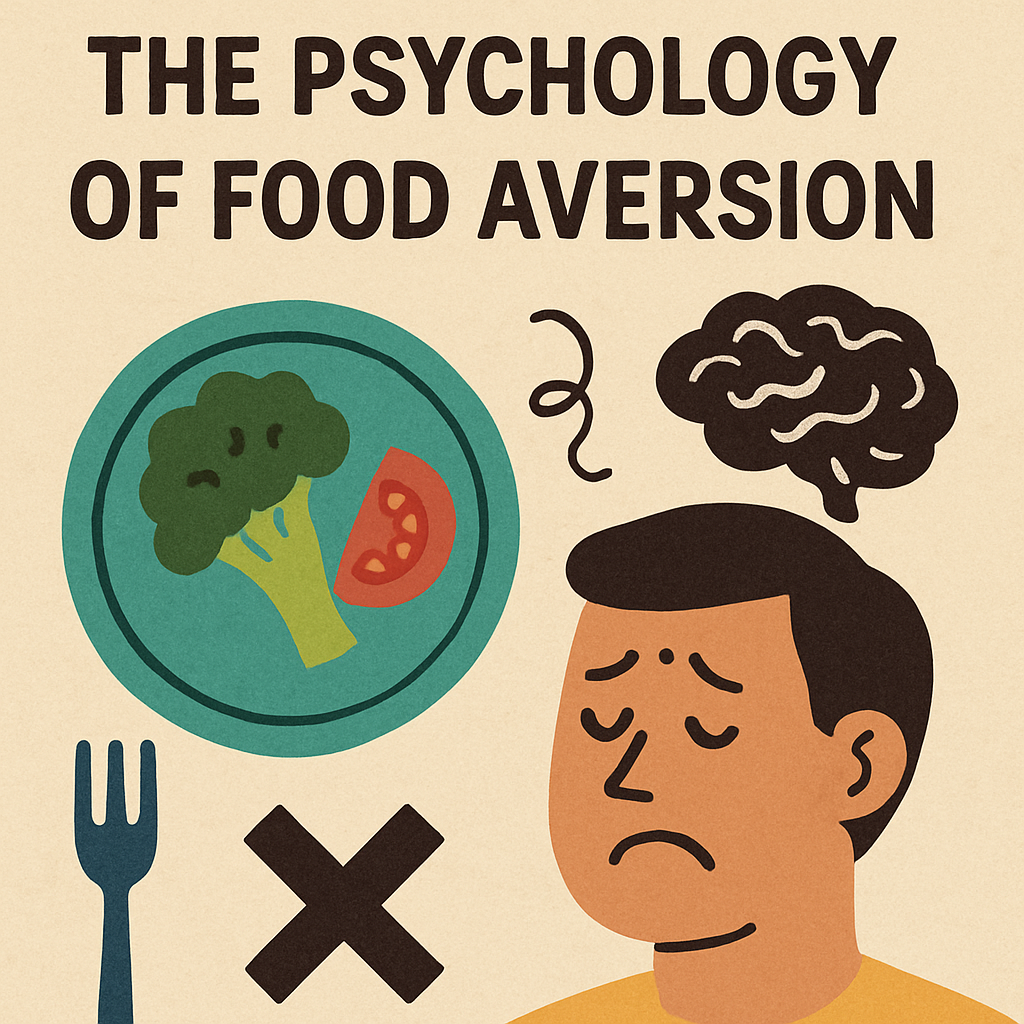October 16, 2025
Explore "Understanding the Psychology of Food Aversion": ARFID causes, symptoms, and treatments for all ages.
Food is a fundamental part of our lives, but for some, it can become a source of distress. This phenomenon is known as food aversion. Among the various types of food aversion, Avoidant Restrictive Food Intake Disorder (ARFID) is one of the most notable.
This disorder is different from other eating disorders, such as anorexia, as it is not driven by body image concerns. Understanding ARFID is crucial for recognizing its impact on individuals, especially children and adults.
In this article, we will explore the psychology behind ARFID. We will discuss its symptoms, misconceptions, and treatment options. We will also address common questions like "How to help someone with ARFID?" and "Can adults have ARFID?"
By the end, you'll have a comprehensive understanding of how to recognize ARFID symptoms and the importance of seeking help. Let's begin our journey into the complexities of food aversion and how to overcome it.

Food aversion refers to an intense dislike or fear of certain foods, often leading to avoidance behaviors. Understanding food aversion is important for addressing the psychological aspects associated with it. The emotional and psychological responses can be profound, resulting in social isolation and nutritional deficiencies.
ARFID is a type of eating disorder characterized by the avoidance or restriction of certain foods. Unlike anorexia, ARFID is not driven by concerns about weight or body image but rather by sensory sensitivities, fear of choking, or lack of interest in food. It’s crucial to recognize these differences for effective diagnosis and treatment.
Recognizing the symptoms of ARFID can lead to timely intervention. Common signs include:
Understanding these symptoms is critical in distinguishing ARFID from typical picky eating.
Many misconceptions surround ARFID. Some believe it is simply a phase or typical picky eating behavior. This misunderstanding can lead to misdiagnosis and inadequate treatment. It is essential to differentiate ARFID from general food preferences, as it can severely impact health and well-being.
Diagnosis of ARFID often involves a team of healthcare professionals, including psychologists, psychiatrists, and dietitians. They conduct thorough evaluations, including interviews and questionnaires, to assess eating habits and psychological factors.
Self-assessment can be a helpful first step. If you or someone you know exhibits severe food aversions, it might be time to seek a professional evaluation. Recognizing the signs early is key to preventing complications associated with ARFID.
Helping someone with ARFID requires empathy and understanding. Here are some practical tips:
Creating a safe eating environment is essential for individuals struggling with ARFID.
Treatment for ARFID typically includes a combination of nutritional therapy and psychological counseling. A dietitian can help expand food choices gradually while addressing nutritional deficiencies. Therapy, particularly cognitive-behavioral therapy (CBT), can address anxiety and sensory issues.
ARFID can significantly affect children’s growth and development. Identifying symptoms early and using effective treatment strategies can help mitigate long-term effects. Involving parents in the treatment process can provide essential support.
ARFID is not just a childhood disorder; it can persist into adulthood. Adults with ARFID may face unique challenges, such as social anxiety related to eating. Understanding these challenges is crucial for developing effective treatment plans.
Some individuals may outgrow ARFID-like behaviors, but many may require intervention. The likelihood of overcoming ARFID increases with early recognition and treatment.
In many cases, ARFID can significantly impact daily functioning, making it a potential disability. Recognizing ARFID as a disability can help individuals access necessary resources and support for their condition.
Overcoming ARFID requires time, patience, and support. Individuals with ARFID can develop a healthier relationship with food with the right interventions. If you or someone you know is struggling with ARFID, professional help is vital for recovery.
To learn more about food aversion and ARFID, consider exploring the following resources:
With a better understanding of ARFID and the right approach, individuals can work towards overcoming their challenges and improving their quality of life.

We're now accepting new patients
